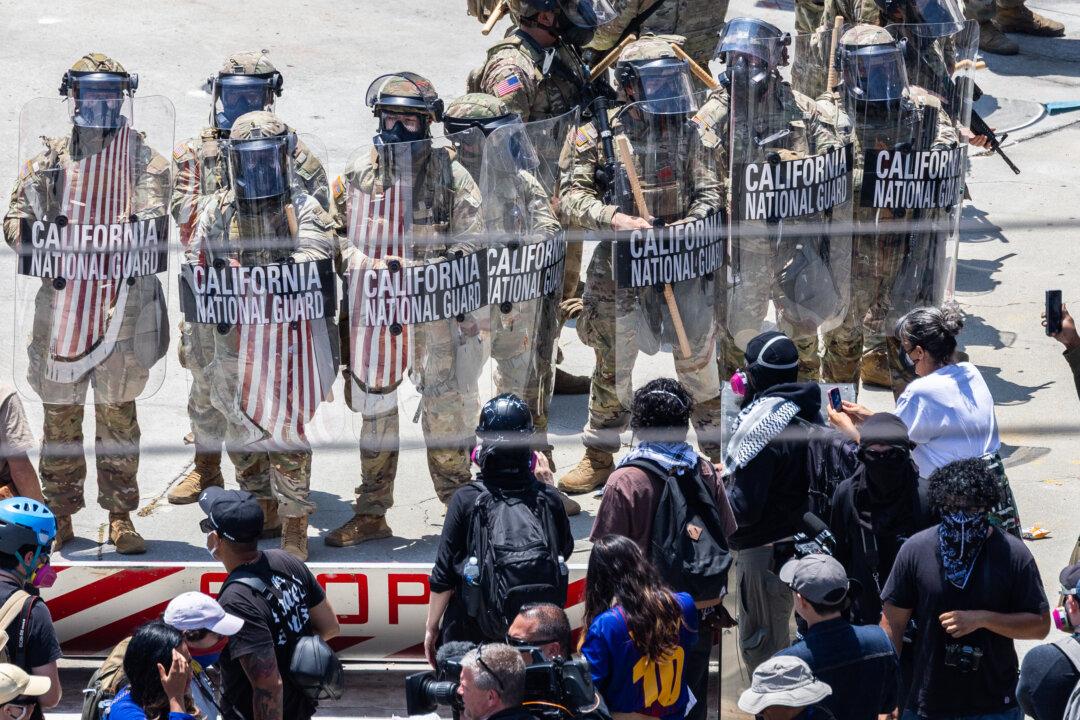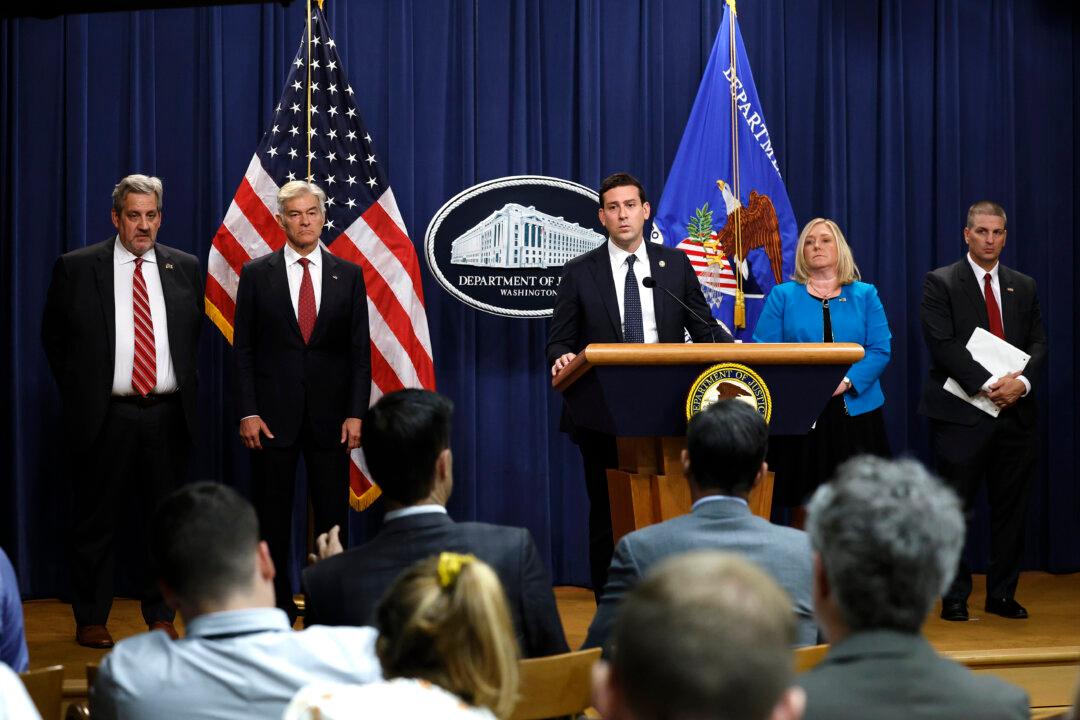For about two decades, tourists who visited Arizona’s Grand Canyon Museum Collection have been exposed to radiation, said a safety manager at the National Park.
Three paint buckets filled with uranium were the source of the radiation. They sat in the museum for decades, and tourists were unaware they were being exposed, reported the Arizona Republic.





